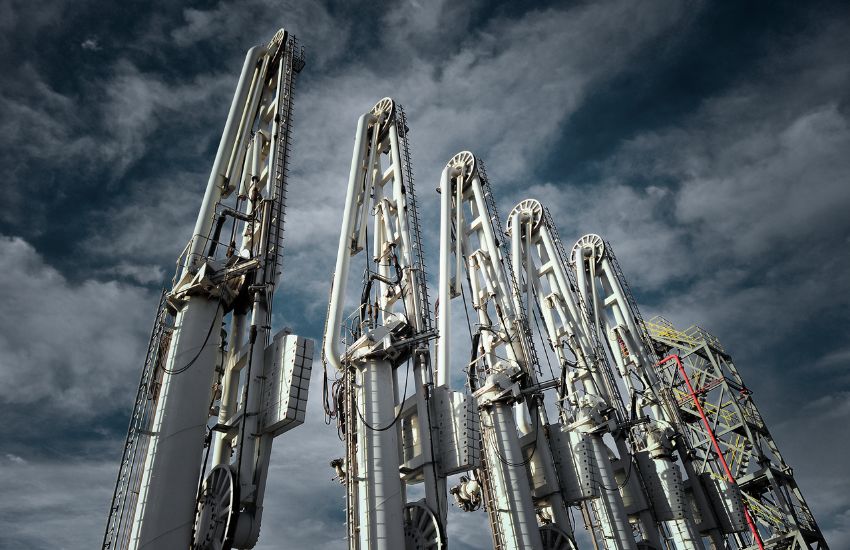Six Ways To Boost Tank Terminal Performance
Attractive storage rates draw in customers, but there is so much more to consider when selecting a tank terminal. This is part 2 of our article “Eight Essential KPIs For Tank Terminal Operators”. Read on to find six ways to boost tank terminal performance.
This article is written by Rudi Stalmans and featured in the 2020 summer edition of Tank News International. The title of the article in the Magazine is “The Hidden Costs Of Tank Terminals”.
It can be hard to understand what you are finally paying. While tank storage fees can be straightforward, there are also a lot of hidden costs. Undoubtedly, demurrage is one of them and can have a significant impact on the final profitability of the trade. The demurrage rate on a 40 KDWT stainless steel chemical tanker can be around 26 KUSD per day, for example. Demurrage and detention are often not taken into account and come as a surprise, both in terms of astonishment and financial loss. Most of the time, tank farms will hold their clients liable for demurrage, regardless of the grounds. A second hidden cost is related to product losses. It is normal to have product losses, but they have to stay within acceptable limits. Loss of product translates into financial loss, so understanding where losses come from and how to minimize them is important. These can be paper or real losses. Real losses can come from leakages, hidden product in places where it is difficult to clean or pump, but also from theft, for example.
Using analytics – but where to find quality data?
Organizations have more data than ever at their disposal, but tank terminal performance data is much more difficult to find. To obtain useful information, you can talk to surveyors, ship agents, or other service providers that deal with tank terminals. You may also know other clients that use the tank terminal and have meaningful feedback. Some data is also available from various tools and databases, such as tankterminals.com. This database platform provides access to a logistical performance tool, showing average berth occupation, maritime gross trade, average visit duration, number of ship visits, and maritime tank turns for each tank terminal. But obtaining significant insights from that data, and converting knowledge into action, is easier said than done.
A few ways to improve tank terminal performance
When you take the time to get into the details of all areas of tank terminal operations, it’s astounding the improvement opportunities that you can find. Below are a few ways tank terminals can improve their performance.
Method 1: Automate the vessel clearance process
Method 2: Improve occupancy through changes in vessel planning and priorities
Method 3: Increase pumping rates
Method 4: Optimize operations, such as the time used for surveys and placing documents on board, a digitized Ship/Shore Safety Check List, the performance of port agents, and the availability of staff
Method 5: Rethink the maintenance and cleaning schedule
Method 6: Increase loading and discharge capabilities by adding new jetties, improve berth utilization, or develop simultaneous loading and discharge capabilities
However, not all operational improvements will meet the desired outcome. But tank terminals should nevertheless consistently focus on improving productivity and reducing costs to achieve outstanding performance.
Conclusion
From a tank terminal perspective, analyzing the performance of a site will allow the transformation that can boost revenue, increase profits, create higher market value, and improve customer satisfaction, and retention. The focus should be on service level performance, improved supplier management, maximizing customer value, and driving down costs. Never should changes be made, however, at the expense of health and safety. For users of tank farms and potential investors, analyzing the performance of a tank terminal will allow making the best decision.
Photo Credit: Canva

